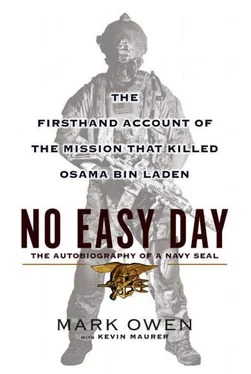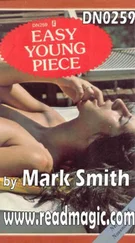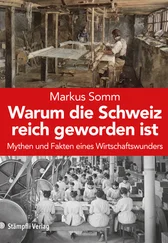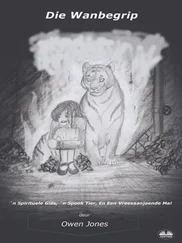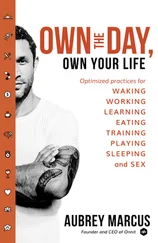Soon, my teammates started to arrive. Some seemed like the page had interrupted a trip to the bar.
“Are you drunk right now?” I heard an instructor ask another candidate.
“Of course not. I just had a beer at the house,” he said.
As the hour ticked away, I still didn’t see Charlie.
He rolled in about twenty minutes late. The instructors were pissed. He’d gotten a ticket for speeding on his way, which only delayed him more. Thankfully, it was just a verbal lashing from the instructors and Charlie was able to stay with our class.
With only weeks left in the nine-month training, we started to hear rumors about the draft. To fill out the squadrons, the instructors would rank the whole class and then assault squadron master chiefs would sit around a table and pick new members from my Green Team class.
The individual squadrons were in a constant state of flux as they rotated from deployments overseas to months of training and then months on standby, during which a call to deploy could come at any time.
After the draft, the Green Team instructors posted a list. A whole bunch of my friends, including me, Charlie, and Steve, were going to the same squadron.
“Hey, congrats,” Tom said when he saw me looking at the list. “When I am done with my instructor time I am going back to that squadron to be a team leader.”
SEALs are deployed around the world at any given time. The heart of each squadron are the teams, each led by a senior enlisted SEAL and made up of a half dozen operators apiece. The teams make up troops, which are led by a lieutenant commander. Multiple troops make up a squadron, led by a commander. DEVGRU assault squadrons are augmented by intelligence analysts and support personnel.
When you get to a team, you slowly work your way up the chain. Most of the time, you stay in the same team, unless you get tapped to be a Green Team instructor or work a collateral duty.
The day after the draft, I brought my gear up to the second deck. I followed Steve and Charlie to the squadron team room. The room was large, with a small bar and kitchen area in one corner. Everyone had brought a case of beer, a tradition when you show up at the squadron for the first time.
Our squadron was getting ready to go on standby and then deploy to Afghanistan. Some of my teammates from Green Team were already packing their gear and deploying as brand-new assaulters with their respective squadrons.
Along one wall, the commander and master chief had offices. A massive table took up most of the room, with smaller tables with computers along the perimeter. Flat-screens that were used in briefings hung on one wall. The rest of the wall space was filled with plaques from other units like the Australian SAS and mementos from past missions. A bloody hood and flex-cuffs were mounted on a plaque on the wall after the squadron captured a Bosnian war criminal in the 1990s. Petty Officer 1st Class Neil Roberts’s Squad Automatic Weapon, or SAW, was also hung on the wall. He fell out of a Chinook helicopter after it was hit by two rocket-propelled grenades during Operation Anaconda in Afghanistan and was killed by Taliban fighters at the start of the war.
As we lined up at the head of the table, I saw all these senior guys with long hair and beards. Tattoos covered most of their arms, and only a few were in uniform. Toward the end of Green Team, we all started growing out our hair and beards. The grooming standards have changed several times over the years, but at this point in the war, people were less worried about your haircut and more worried about your actions on the battlefield. It was a ragtag bunch of professionals. We all came from different backgrounds and we had different hobbies and interests, but what we had in common was a willingness to sacrifice our time and even our lives for a greater good.
In the team room, the guys made us introduce ourselves and give them a brief bio. Charlie, the bully, was the first to speak and he barely got out his name before he was met with a chorus of boos and jeers from the senior guys.
“Shut up,” they yelled. “We don’t care.”
It went that way for all of us. But afterward, the guys were shaking our hands and helping us get our gear unpacked. It was all in fun and, besides, everybody was too busy to worry about it. There was a war going on and no time to be wasted with petty new-guy treatment.
I felt at home.
This was the kind of command I’d wanted to be a part of since I joined the Navy. Here, there were no limits on how good you could be and what you could contribute. For me, all of the fear of failure was now replaced with the desire to perform and excel.
What I had learned during the three-day screening more than a year ago was even more true in the squadron: just meeting the standards wasn’t good enough.
As I unpacked my gear, I realized I had to prove myself all over again. Just because I got through Green Team didn’t mean shit. All of the other guys in the room completed the same course. I made a promise to myself that I would be an asset to the team and that I’d work my ass off.
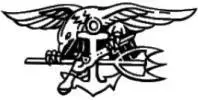
CHAPTER 3
The Second Deck
A few weeks before we were scheduled to deploy to Afghanistan, I printed out the packing list. It was 2005 and I was preparing for my first deployment to the central Asian country. While at SEAL Team Five, my only combat deployment had been to Iraq. Standing next to the printer, I watched as the paper rolled out. Six single-spaced pages later, I started to gather up my gear. The suggested packing list basically told us to bring everything.
We worked under “Big Boy Rules” at the command, which means there wasn’t a lot of management unless you needed it. Since getting to the team, I prided myself on being independent. For the last three months, I had trained hard and tried to be an asset. I learned that it was OK to ask questions if you have them, but you didn’t want to be the guy who didn’t know what was going on and was always asking. I didn’t want to make a mistake on my first deployment by not packing something, so when I saw my team leader in the team room I asked him about the packing list.
“Hey,” I said, grabbing a cup of coffee. “I was getting my kit together and the packing list basically wants me to load everything.”
He was sitting at the granite countertop sipping a cup of coffee and going over some paperwork. Short and stocky, unlike some of the other guys who had longer hair and thick beards, he was clean-cut, with a short haircut and a close shave. He also wasn’t the most talkative guy and he had been at DEVGRU for much longer than I’d been in the Navy.
He took “Big Boy Rules” seriously.
“How long have you been in the Navy?” he said.
“Going on six years,” I said.
“You’ve been a SEAL for six years, and you don’t know what you need on deployment?”
I felt like an asshole.
“Dude, what do you think you need to bring for deployment? Load it,” he said. “This is your guide. Bring what you think you need.”
“Check,” I said.
Back at my cage, I laid out my gear, called “kit.” Each operator at DEVGRU had a cage, sort of like a locker big enough to walk inside. It was the size of a small room, with shelves that lined the walls and a small hanging rod that ran along the back wall to hang uniforms.
Bags of gear filled with everything I needed for the different missions we could be called upon to perform rested on the shelves. One bag had everything I needed for CQB. Another had my HAHO (High Altitude, High Opening) or “jump gear.” My combat swimmer or “dive kit” was in a separate large green gear bag. Everything was color-coded and ready. My OCD was definitely in overdrive, and I had everything perfectly organized and separated.
Читать дальше
